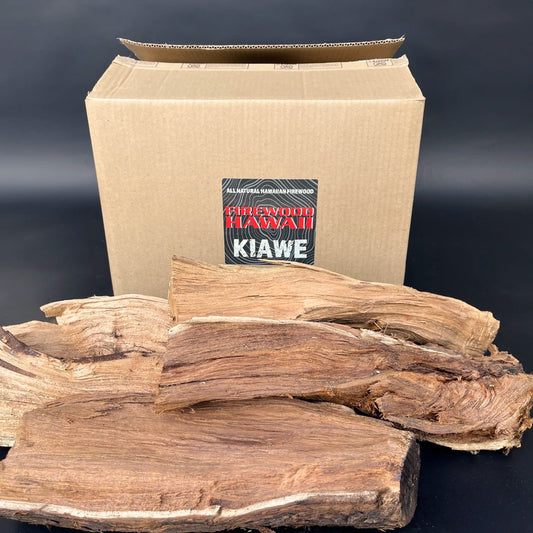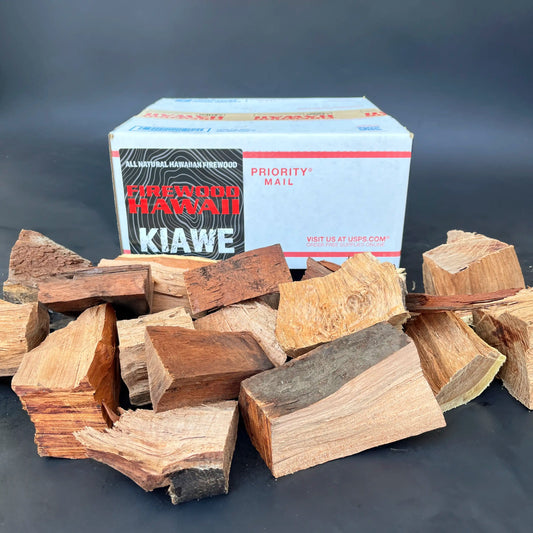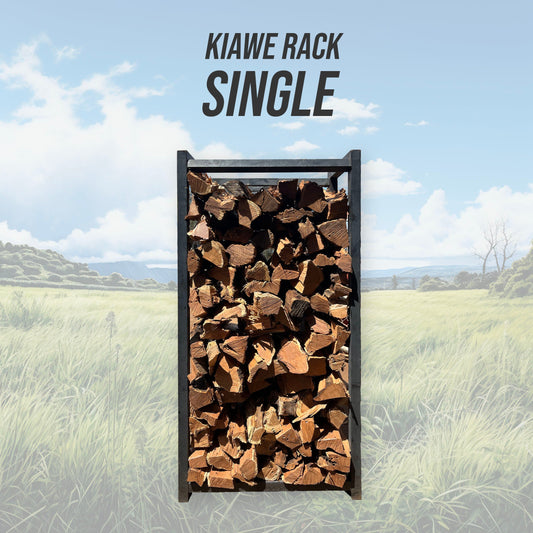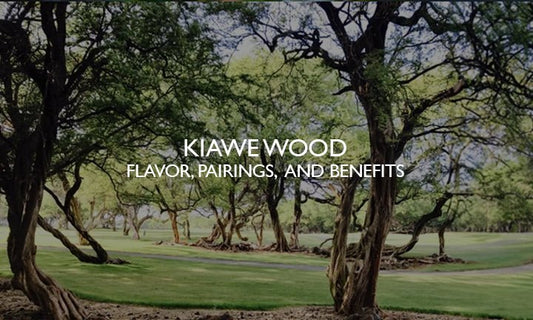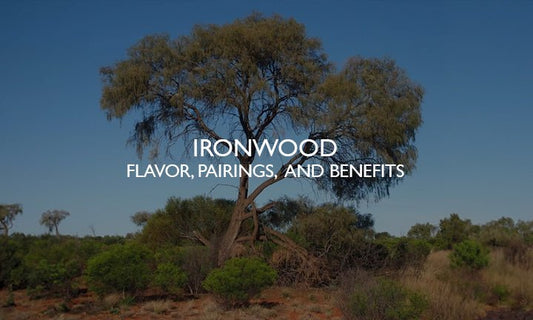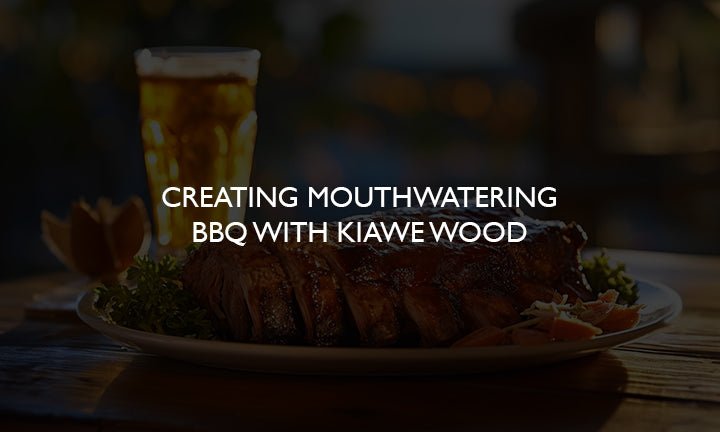
From Brisket to Ribs: Creating Mouthwatering Barbecue with Kiawe Wood
Share
There's nothing quite like the smoky and rich flavors of barbecue, and when it comes to creating exceptional barbecue, using kiawe wood can take your dishes to the next level.
In this guide, we'll explore how to use kiawe wood to smoke two classic barbecue cuts: brisket and ribs.
Choosing the Right Cuts
For tender and flavorful results, opt for well-marbled cuts like a beef brisket and pork ribs.
These cuts benefit greatly from the slow and low cooking process of barbecue, allowing the collagen to break down and the flavors to infuse.
Preparing the Meat
For brisket, trim the excess fat, leaving about 1/4 inch to keep it moist during the long cooking process.
Season the brisket generously with a dry rub of your choice, ensuring that the flavors penetrate the meat.
For ribs, remove the membrane from the bone side for a more tender result. Apply a dry rub, allowing it to adhere to the meat and develop a flavorful crust.
Setting Up the Smoker
Aim for a temperature of around 225°F to 250°F (107°C to 121°C) for a low and slow cooking process.
For a charcoal smoker, light the charcoal using a chimney starter and arrange it on one side of the smoker. Add a handful of soaked kiawe wood chunks to the hot coals. Place a water pan under the meat to maintain moisture and catch drippings.
If you're using a gas smoker, preheat the smoker and add a smoker box filled with soaked kiawe wood chips. Adjust the heat to maintain the desired temperature.
The Smoking Process
Once the smoker is ready, it's time to add the meat.
Place the brisket or ribs on the smoker grates, ensuring they are not overcrowded.
Close the lid and let the magic happen.
Monitor the temperature of the smoker throughout the cooking process, adding more kiawe wood chunks or chips as needed to maintain a steady stream of smoke.
Patience and Time
Brisket and ribs require time and patience to achieve that perfect tenderness. Plan for a cooking time of 10 to 12 hours for brisket and 5 to 6 hours for ribs, depending on the size and thickness of the cuts.
Around halfway through the cooking process, you can spritz the meat with a mixture of apple juice and vinegar to enhance moisture and add a subtle tangy flavor.
Testing for Doneness
To determine if the brisket or ribs are done, you can use a meat thermometer.
For brisket, look for an internal temperature of around 195°F to 203°F (90°C to 95°C), and for ribs, aim for around 200°F (93°C).
The meat should be tender and easily pull away from the bone.
Resting and Serving
After the long cooking journey, it's important to let the meat rest before slicing and serving.
Wrap the brisket or ribs in foil and let them rest for about an hour.
This allows the juices to redistribute and the meat to become even more tender.
When ready to serve, slice the brisket against the grain and arrange the ribs on a platter.
Serve with your favorite barbecue sauce and enjoy the incredible flavors and textures you've created with kiawe wood.
Conclusion
Kiawe wood brings a distinct and delightful smoky flavor to your barbecue, transforming brisket and ribs into tender and flavorful masterpieces.
By following the steps outlined in this guide, you'll be well on your way to creating mouthwatering barbecue dishes that will impress your guests and leave them craving more.
Everyone develops their own techniques from here. We hope this guide helps for the first time - then next time you will find your own creative way to make the final result even better!
So fire up your smoker, grab some kiawe wood, and get ready to take your barbecue skills to new heights!



